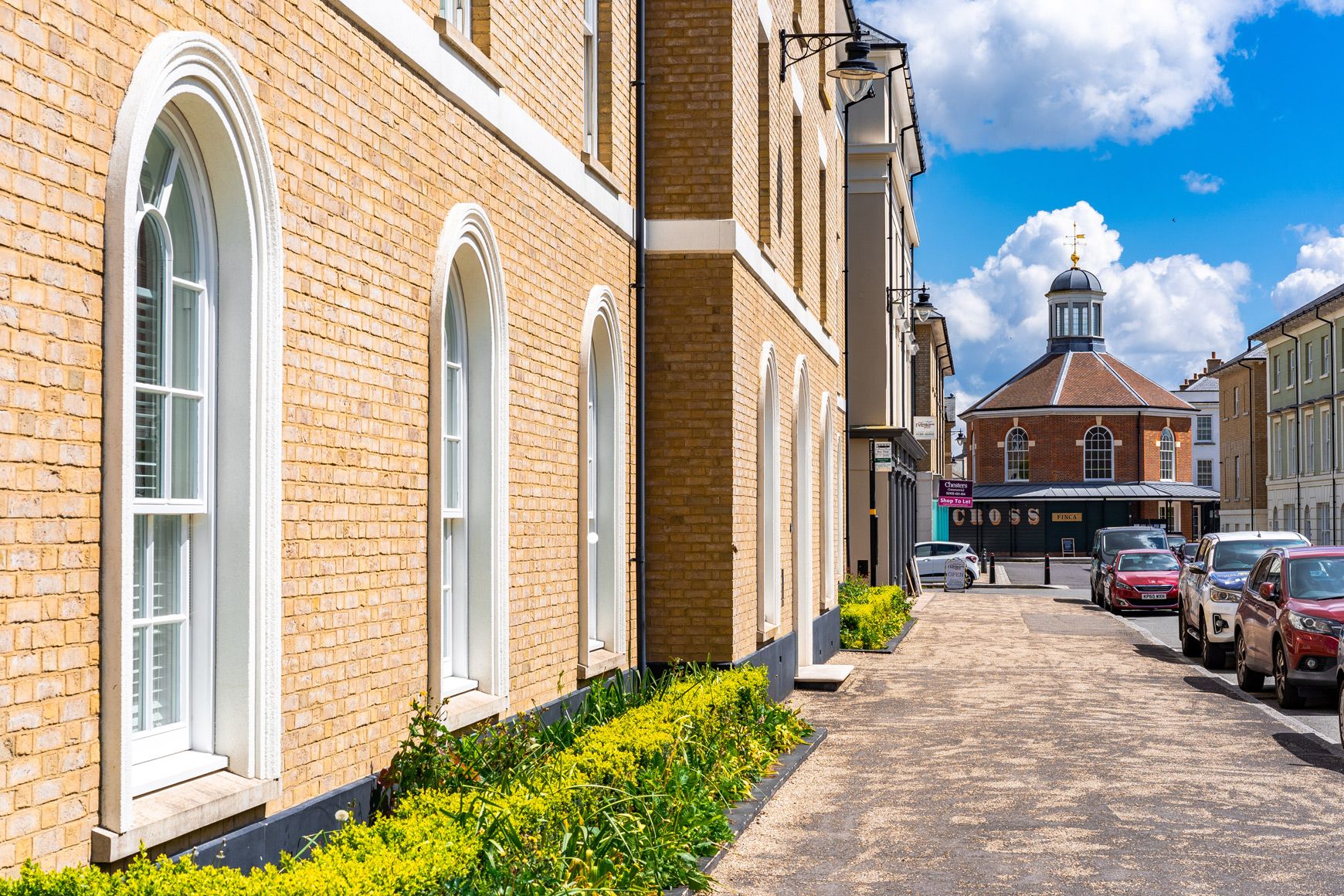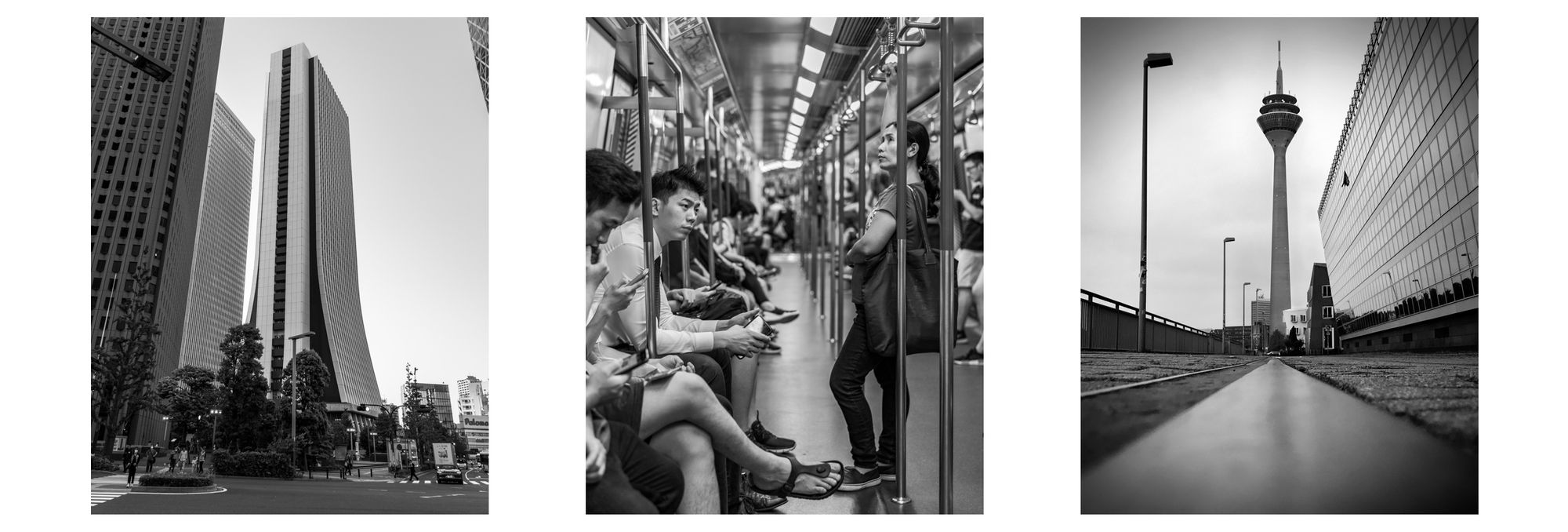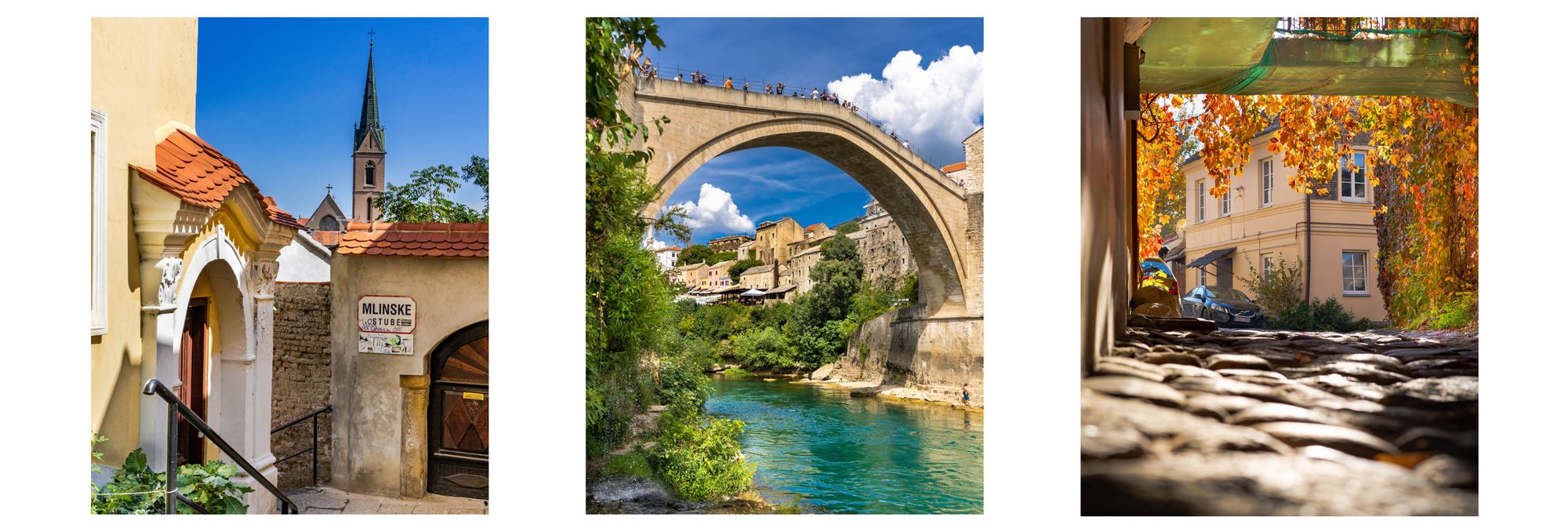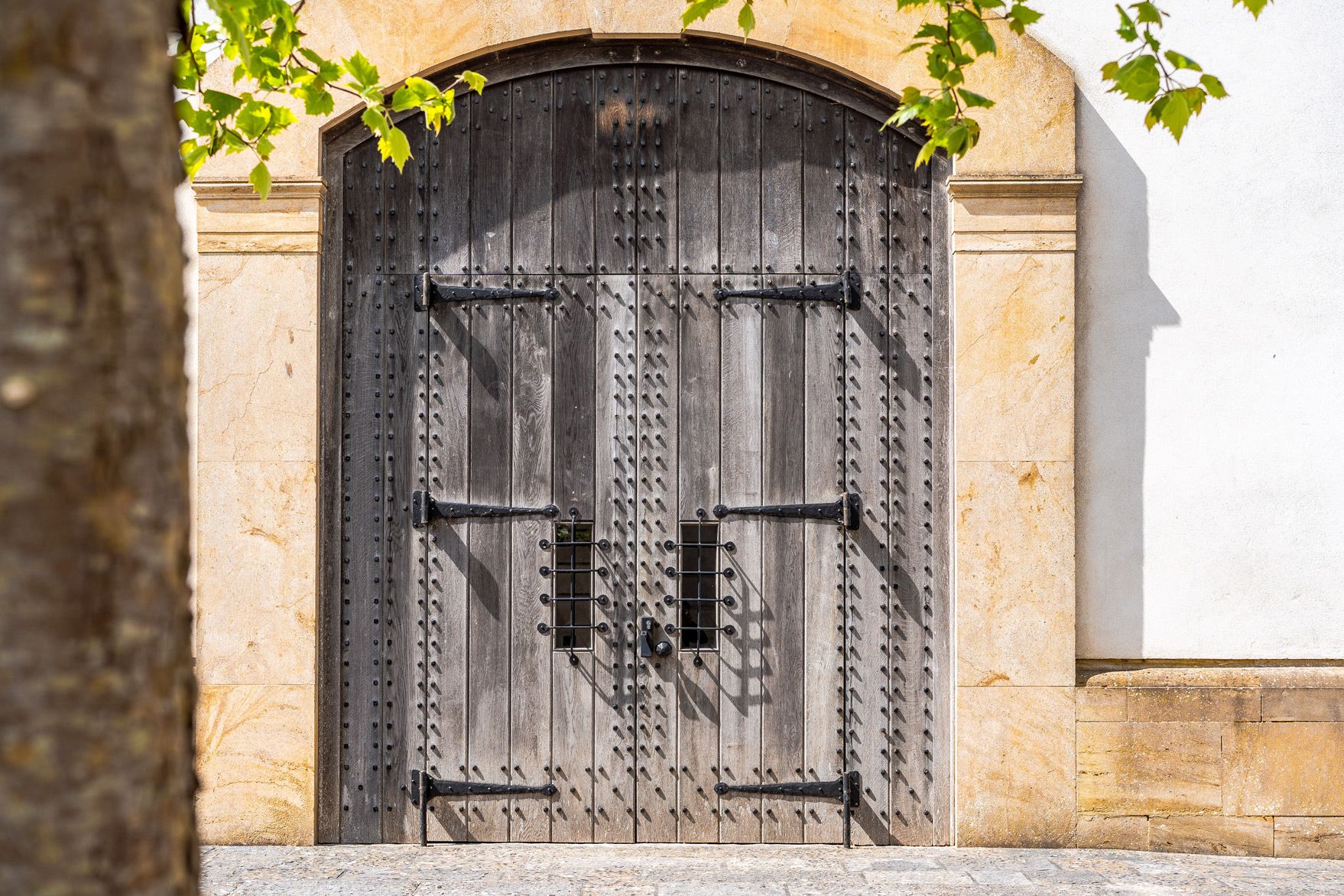The user experience of urban planning

Modern metropolises
Modern metropolises are often divided into a grid system of single use zones with the perceived benefit of efficiency and functionalism. Apartment blocks, shopping malls, business parks and leisure areas are built and subsequently connected to each other by various means of transportation.

Regardless of the perceived efficiency and economic advantage of modern urbanism, I believe modern city planners impose detrimental megastructural scale at the expense of community and quality of life. The culture of concrete and glass slabs invites me to wonder how much this design philosophy is contributing to the polarising disconnect between human interaction and self imposed isolation.

I also wonder, as the world becomes more connected through 5G networks; how necessary and economical these highly dense megacities are? Why will people spend 1–2 hours a day commuting to an office cubical on an underground network of smelly, overcrowded tubes when most office workers can do exactly the same job, anywhere with electricity and Wi-Fi?
Traditional Urbanism
This has lead me on a silent quest to discover towns and cities which are traditional in urban planning. Often built several hundred years ago, where cars and urban transport were never a consideration. Towns which have been built with terrain: hills, valleys, stairs, steps, corners, odd squares. Where landscaping is often unnecessary and seemingly uneconomical, but beautiful, communal and offer insight into local culture
Historic human scaled towns and cities are all over the world. Below you'll observe some examples I captured across my travels…

These cities are timeless. Regardless of the size, volume, material or era, they were always designed by humans for humans. The architectural style often informed by the culture and beliefs of the local people who built it. The soil, altitude, climate, materials and culture are the fundamental ingredients contributing to each of their unique identities.
I’ve worked remotely in places like these all over the world. Often with a better internet connection than central London; all whilst indulging in fresh, organic, locally produced epicurean delights sourced from soil farmed by the same family for over 5 centuries. These cities, just like the locals who live there, are Lindy.
Poundbury, England
Poundbury is an experimental new town on the outskirts of Dorchester, England. It's a town designed for people. It's a traditional urbanist approach to town planning and the work of a Luxembourgish architect, Léon Krier (someone I particularly admire for his vocal dislike of modern urbanism).

Poundbury has been in construction since 1993 and it will eventually have 2,500 dwellings and a population of about 6,000. The development is built on land owned by the Duchy of Cornwall and construction was approved according to the urban village principles of Charles, Prince of Wales.

Poundbury is not just about architecture, as is often thought. It is very much to do with creating a high-density urban quarter which achieves an attractive, modern and pleasing place in which people can live, work, shop and play. Emphasis is placed on the quality of design and materials, landscaping, and attention to detail — even down to street furniture and signage.
The streets are winding and deliberately chaotic to calm traffic, with blind bends and no stop signs or any other signage, while each neighbourhood is planned to be no more than a five-minute walk to its centre.

Small, narrow passageways and corridors litter the entirety of Poundbury. Lower buildings and tight front streets means opportunity for small back gardens, inner yards: use for economic, gardening or recreation. No building takes more than 3–4 seconds to walk past, providing interesting colours, shapes, shops and textures.

When I first heard about Poundbury, it was hard not to think the place wouldn’t be full of Sloane Rangers. Albeit, this couldn’t be further from the truth— 35% of the housing is affordable for rental or shared ownership by people on the local housing list.
Something which I really wasn’t expecting were the 182 businesses located in Poundbury. There’s a hugely diverse community of entrepreneurs located throughout, which particularly took me by surprise.
Poundbury shows how the motivations and philosophies behind well-designed human scaled urban developments can positively impact the world. Instead of megacity scale It shows how good, local design can impact the human psyche. The acute differences in creativity, stress and contentment is usually a consequence of your physical surroundings. Carefully designed living experiences like Poundbury highlight how much of an impact modern and traditional design philosophies have on your emotional wellbeing; and the way they impact your day-to-day lives.

This is one of the underlying reasons why remote working has been proven to be so successful; being in control of the environments you endure and designing your own lifestyle around work has tremendous emotional wellbeing benefits.

When you self-impose nonexistent boundaries between working environments and your pursuit of an ideal life; you unwittingly create two binary categories and isolate yourself in one or the other — Which is neither healthy, productive or efficient.

Why aren’t there more towns like Poundbury?
Well, there are other towns, cities and villages being built all over the world. Sino-Singapore Tianjin Eco-city is a project taking place in China. Instead of people-focus, it’s more of an eco and knowledge focus.
Léon Krier has also designed a new urban heart for Guatemala City called, Paseo Cayalá.
However, in big metropolises, with no coherent urban planning vision, I believe modern architects have an inherent danger to build things to impress other architects and not for the benefit of the collective user experience. Their downside comes in the form of not impressing their peers. So, naturally, that’s what they’ll optimise for. — Or worse; they’ll optimise for cheap materials and quick turn arounds in the name of profit... This leads to a toxic race to the bottom with catastrophic consequences.
I also believe urban planners and architects aren’t as well known or local as they used to be. They rarely construct buildings in the villages, towns and cities they are from. Architects are generally void of any individual capacity, as they are frequently disguised within the identity of a firm; this leads to a lack of responsibility when things go badly.
Responsibility is the key. Even the babylonians acknowledged this back in 1792 BC where the earliest known principles of construction law can be found in the Code of Hammurabi:
Law 229: “If a builder builds a house for someone, and does not construct it properly, and the house which he built falls in and kills its owner, then that builder shall be put to death.”
I’m not advocating the death penalty, but I am certainly advocating for more responsibility and a stronger focus on people within urban planning and architecture. — Good design, in all aspects of life, makes a huge difference.
Thank you for checking out this blog. All photography is owned and taken by me! You can see more of my work on my website, darceybeau.co.uk, or my Dribbble profile, or my Behance profile. You can email me about working together at info@darceybeau.co.uk. You can also follow me on Twitter, Instagram, or Unsplash. Have a great day!

